In the ever-evolving realm of China social media marketing, staying ahead of the curve is not just a strategy; it’s a necessity. As we eagerly look forward to the trends that will shape the social media landscape in 2024, one thing is abundantly clear: the future is brimming with innovation and opportunities, and it’s moving faster than ever before!
In this blog post, we’re diving into the trends that brands with a social media presence in China should keenly observe in 2024. From the integration of AI for unparalleled insights to clever methods of engaging employees for customer-centric (and budget-friendly) content, and the rise of virtual idols, we’re uncovering the keys to staying ahead in the dynamic social media landscape.
Let’s delve into six trends that will shape the social media narrative in 2024 and equip your brand with the foresight it needs to stand out in a crowded digital landscape.
1. Social Media Marketing Driven by AI Insights
The problem isn’t a lack of data… it’s what’s done with it — and that’s where the inclusion of AI-powered tools makes things interesting for marketers. According to a survey by Accenture (埃森哲), 13% of Chinese companies have achieved excellent growth and business transformation through AI. Another 35% have made some progress in AI maturity, and half of the companies (52%) are in the pilot phase. In 2021, about one-third of the Chinese companies surveyed will spend more than 30% of their technology budget on AI development; by 2024, nearly two-thirds of the companies will have this idea.
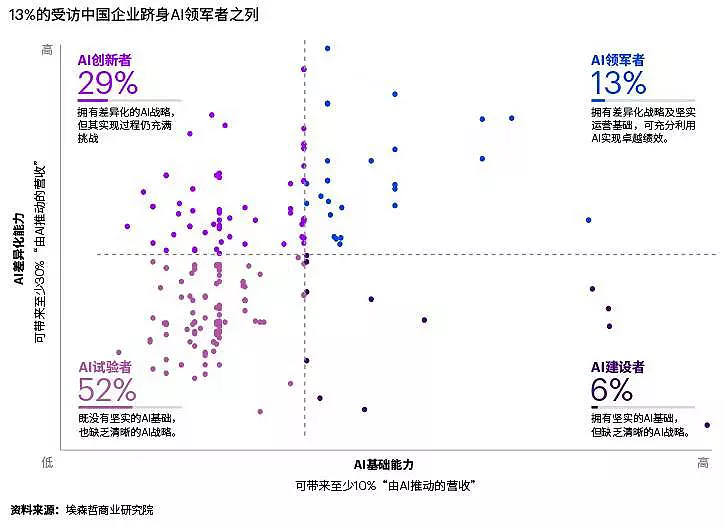
One of the pivotal advantages for marketing teams lies in AI’s ability to effortlessly collect vast amounts of data. By employing advanced algorithms, AI sifts through data to unveil patterns, trends, and user behaviors. This liberates social media teams from the burdensome task of manual data aggregation, which not only expedites workflow but also allows teams to allocate more time and resources to strategic planning and creative endeavors.
While AI analytics is a powerful tool, it’s essential to recognize its limitations. AI cannot replicate human understanding and experience. Therefore, teams must use insights in conjunction with a contextual understanding of business needs before making decisions. The synergy of AI and human intelligence maximizes the effectiveness of analytical endeavors.
Of course, marketers are well aware by now that by delving into data, they can gain profound insights, aiding in the development of targeted and effective strategies. Now, with the introduction of AI insights, marketers can address the mountains of data they have access to and gain the answers for crafting data-driven campaigns.
Key applications of AI insights encompass:
- Factual Illumination
Revealing numerical breakdowns of views, likes, and comments, along with insights derived from the top 10 posts for improvement suggestions.
- Test and Optimization
Conducting regular marketing tests to identify versions maximizing key metrics like ROI and conversion rates.
- Segmented Campaigns
Utilizing AI tools to uncover consumer preferences, enabling the creation of segmented campaigns for enhanced conversion rates and ROI.
- Sentiment and Emotion Analysis
AI tools can sift through the vast expanse of social media interactions to discern the sentiment and emotional tone of user responses to content. This capability enables businesses to gain real-time insights into how their customers are reacting to various campaigns, products, or services and sort content based on how users are reacting to different messaging. This type of tool is particularly important in China where topics can snowball into heated discussions, evolving into a major PR crisis within the blink of an eye.
- SEO Enhancement
Employing machine learning algorithms to discern search intent, guide content creation, and identify new keyword opportunities.
- E-commerce Analytics
Understanding page conversion rates and identifying factors causing dropouts in the path to purchase.
- Problem Identification
AI data analysis reveals hidden variables impacting performance, allowing strategic adjustments.
2. ESG Messaging Grows on Social in China
Brands are actively embracing ESG — Daxue Consulting revealed that a recent survey of more than 250 Chinese listed companies showed that more than half (53%) have publicly announced their commitment to ESG. Through social media, these brands are weaving a fresh narrative for communication with consumers. Current popular themes in ESG marketing activities include dual carbon emission reduction, ecological restoration, education, health, rural revitalization, gender equality, attention to special groups, cultural inheritance, and humanistic care.
Within ESG communication, products take center stage, manifesting as new-concept products, packaging recycling initiatives, product/service upgrades, and brand peripherals. Beauty and skincare brands commonly adopt “packaging recycling programs,” while internet and digital industry brands often opt for “product service upgrades” to address societal needs.
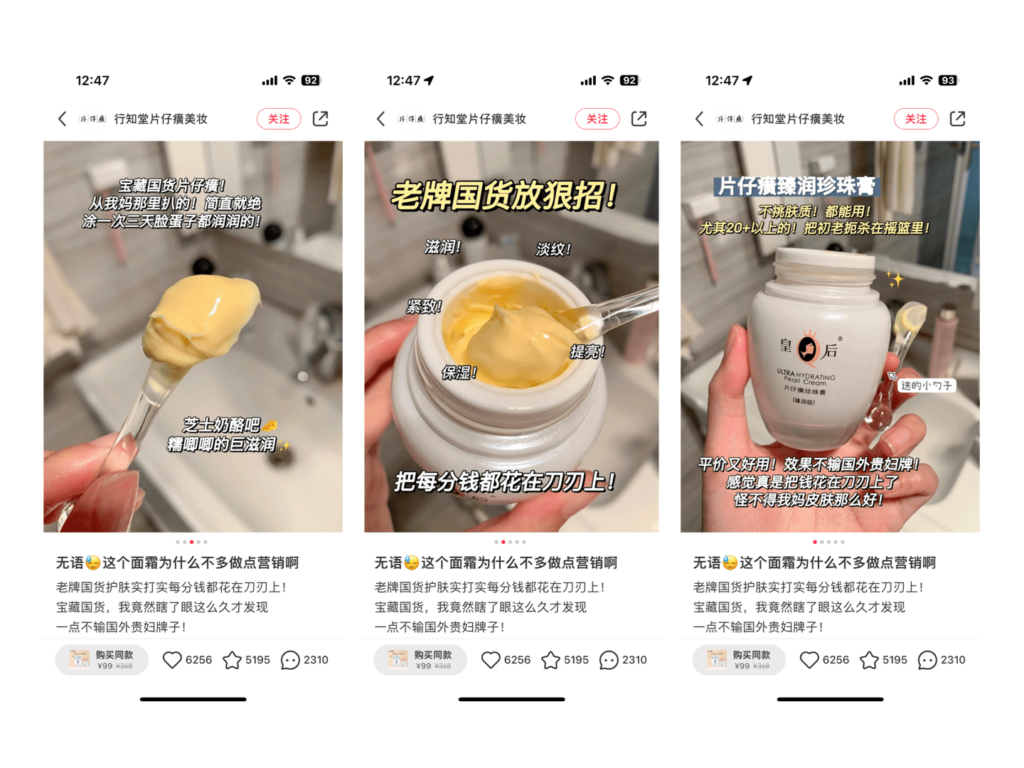
Outdoor scenes and niche festivals are gaining traction, with communities fostering cohesion and emotional identification becoming key touchpoints for brand-user connections. ESG marketing exhibits a trend of continual extension and expansion, embracing diverse time points, communication scenarios, and discussion topics, showcasing increasingly rich content.
FILA
FILA ORIGINALE’s World Citizen environmental protection series, featuring celebrity spokesperson Zhang Yixing (张艺兴), champions sustainability with all products crafted from recycled materials. Inspired by global weather maps, the clothing incorporates climate change-themed prints. To promote these eco-friendly creations, FILA partnered with Tmall Super Product Day (天猫超级品牌日) and TME Tencent Music (TME腾讯音乐) for the “Carbon Elegant Light Life” music camping trip, fostering a relaxed environment to inspire young consumers to adopt a more sustainable lifestyle.

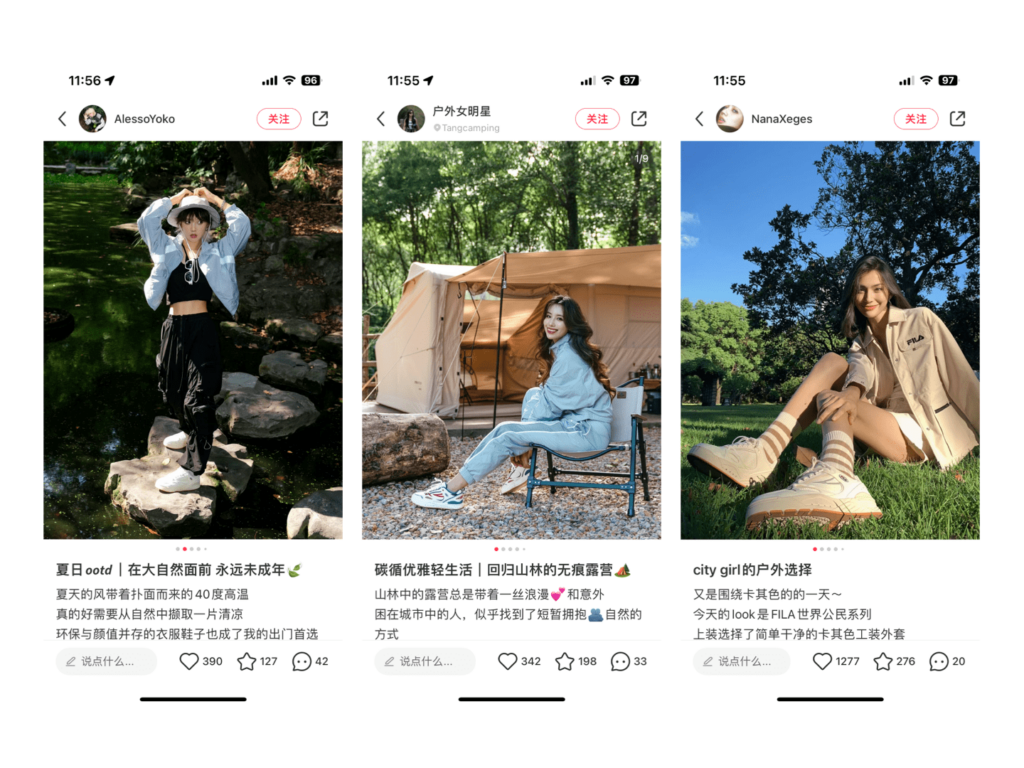
HAIER
In 2023, Haier Smart Home (海尔智家) aims for global carbon reduction across product life cycles, emphasizing R&D, raw materials, production, packaging, transportation, and product recycling. The company has made significant strides in achieving “zero carbon” and “negative carbon,” earning recognition as the “2023 ESG Best Practice Case for Listed Companies.” Haier Smart Home leverages social media to spotlight product environmental features, collaborating with young idol stars in reality shows and partnering with home furnishing influencers to emphasize both eco-friendliness and convenience.

3. Connecting Through Emotions
Emotional marketing is a strategy based on a deep understanding of consumer psychology, with the core goal of establishing emotional resonance between the brand and consumers. It transforms emotions into unique brand associations and visual images through situational design, creating a distinctive imprint for the brand that resonates deeply with consumers’ minds.
As many Chinese consumers experience tougher economic times, for a number of categories, brands that connect with them on an emotional level will be much more likely to win their hearts and wallets for the long-term. In this era of emotional consumption, what consumers value when buying goods is no longer the quantity, quality, and price, but a kind of emotional satisfaction and psychological recognition.
“Princess, please place an order”
By the close of 2023, a trending phrase, “Princess, please place an order” (公主请下单), had taken the live streaming rooms and e-commerce platforms by storm. This emotionally charged marketing mantra creates a sense of romance and respect, resonating particularly well with young individuals navigating hectic lifestyles. Its success lies in effortlessly transforming consumption decisions into ones that are both effortlessly simple and irresistibly appealing.
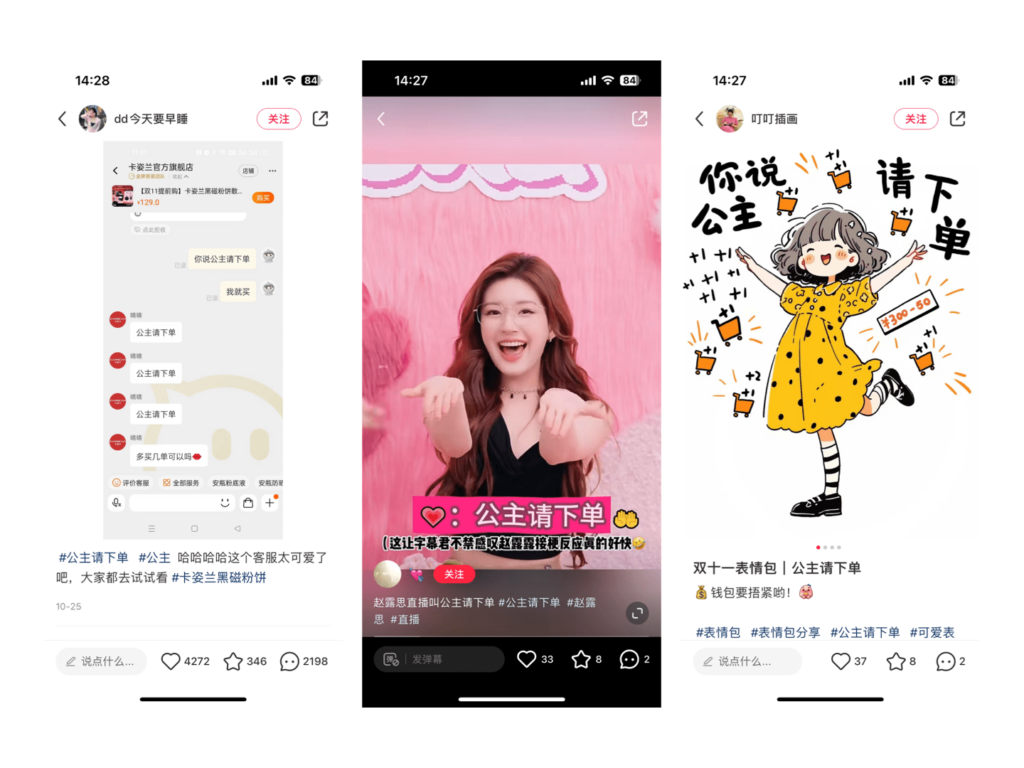
4. New Rules to Brand Building on Social
Brands in China are beginning to shift to more concrete ‘brand building’ activities, aiming to more deeply connect and create a relationship with their customers. A recent article on China social media platform, Zhihu, highlights this new shift toward brand-building activities under the umbrella of ‘Five New Senses of a Brand.’
- The sense of Relaxation: Brands no longer pursue the worship of users, but rather make friends with them. Removing the pressure from the relationship, allowing users to feel relaxed.
Dyson invited Tim, a popular technology influencer, to ask questions about new products to brand engineers on behalf of consumers. The fun live-action Q&A effectively brings the brand and consumers closer together.
- The sense of Delicacy: Exquisite and high-priced products are popularized and demystified, reflecting the convenience of products and the rise of social class.
CHANEL worked with supermodels and celebrities to share their beauty routine in the morning, during the workday, and before exercise, etc. to display how to incorporate these products into daily life.
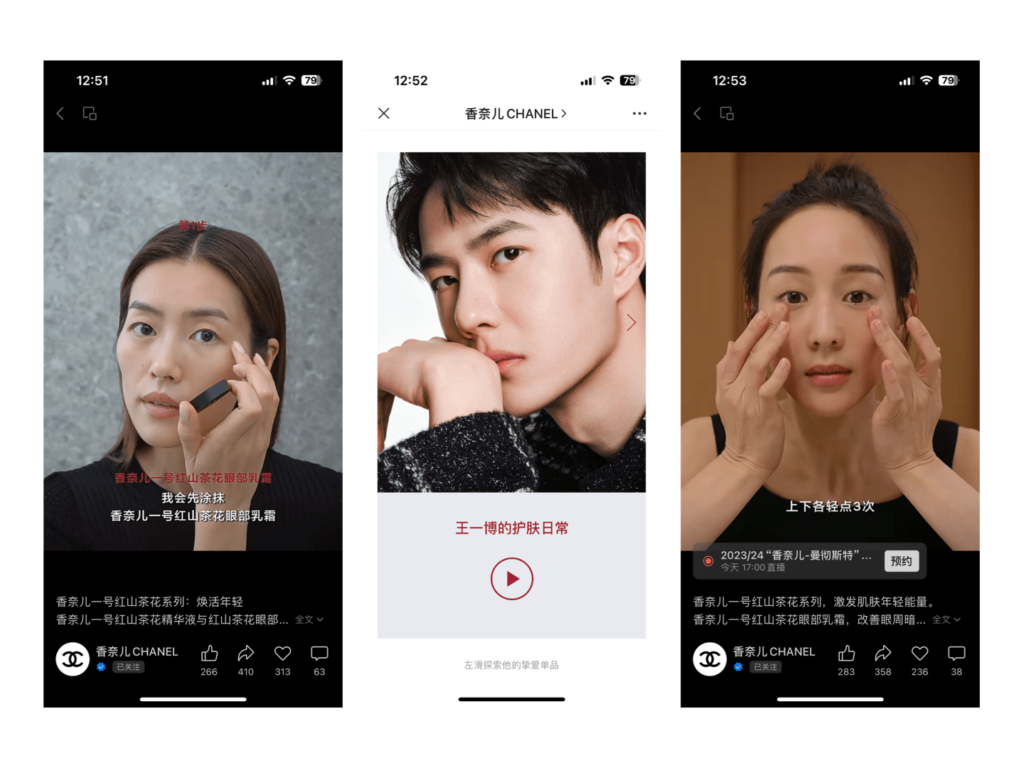
- The sense of Everyday Life: Users not only buy products but also buy the life they want.

- The sense of Ambiance: In this case, ambiance means scenarios, and scenarios create attraction and desire.
This rule has been used quite frequently on Douyin livestreams, especially when selling food or lifestyle products.
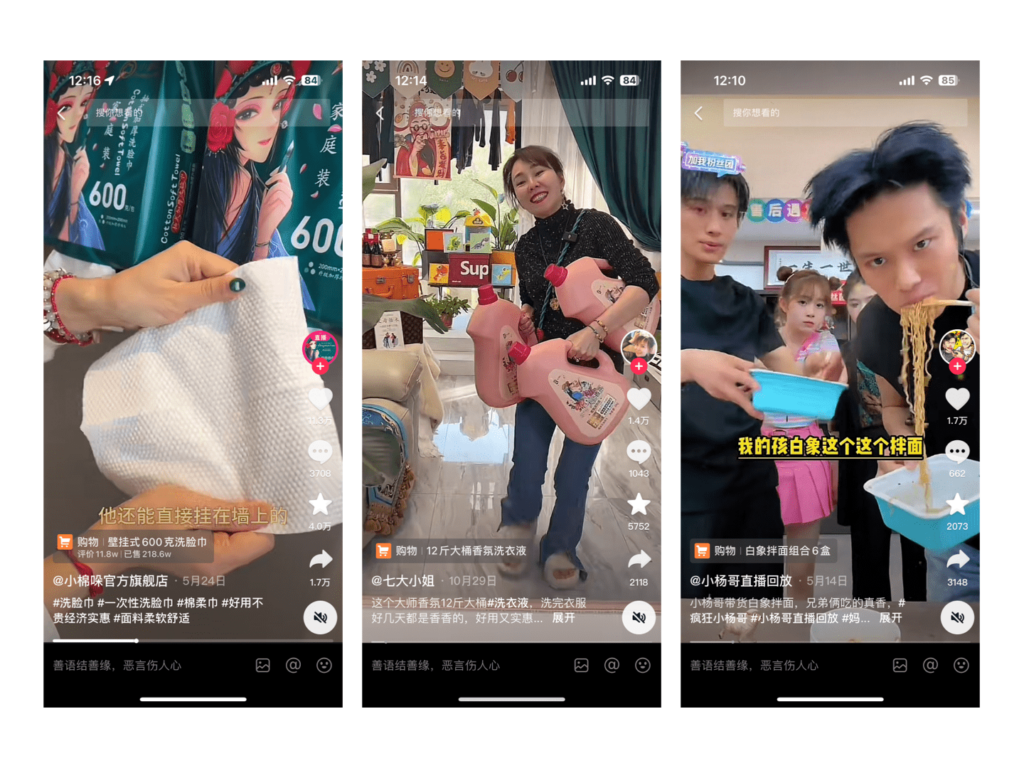
- The sense of Community: All people related to the product will become a community, and each user will have a sense of participation, that is, a sense of socialization.
Bakery brand WITHWHEAT (原麦山丘) shared the screenshots of brand lovers’ comments on their products through a WeChat article to encourage more UGC content and reward participants with a free gift.
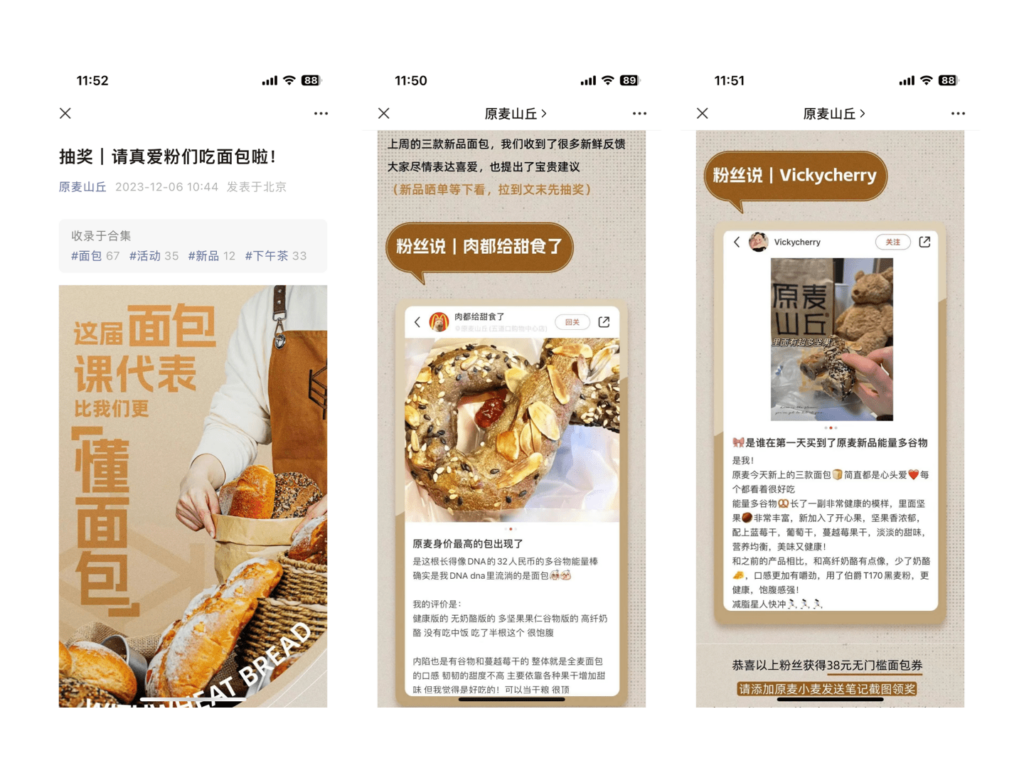
5. Virtual Idols are the New Celebrities on China Social Media
Virtual idols are becoming an ideal solution to the many problems that plague brands when dealing with scaling and management of celebrity endorsement, influencer marketing, and in particular, live-streaming in China. This could be seen in the widespread use of virtual idols during China’s biggest shopping festival, Double 11 who were used especially by brands targeting Gen Z users — a demographic largely receptive to the use of metahumans.
MENGNIU
Brands are not only collaborating with well-known, independent virtual idols, they are also taking the opportunity to build their own. Take Chinese dairy brand, Mengniu (蒙牛) that has launched the industry’s first virtual anchor Nice (奶思). Nice (奶思) plays a role in the brand’s social and e-commerce activities in China and through this character the brand aims to successfully build awareness and connection with a Gen Z and younger, demographic.
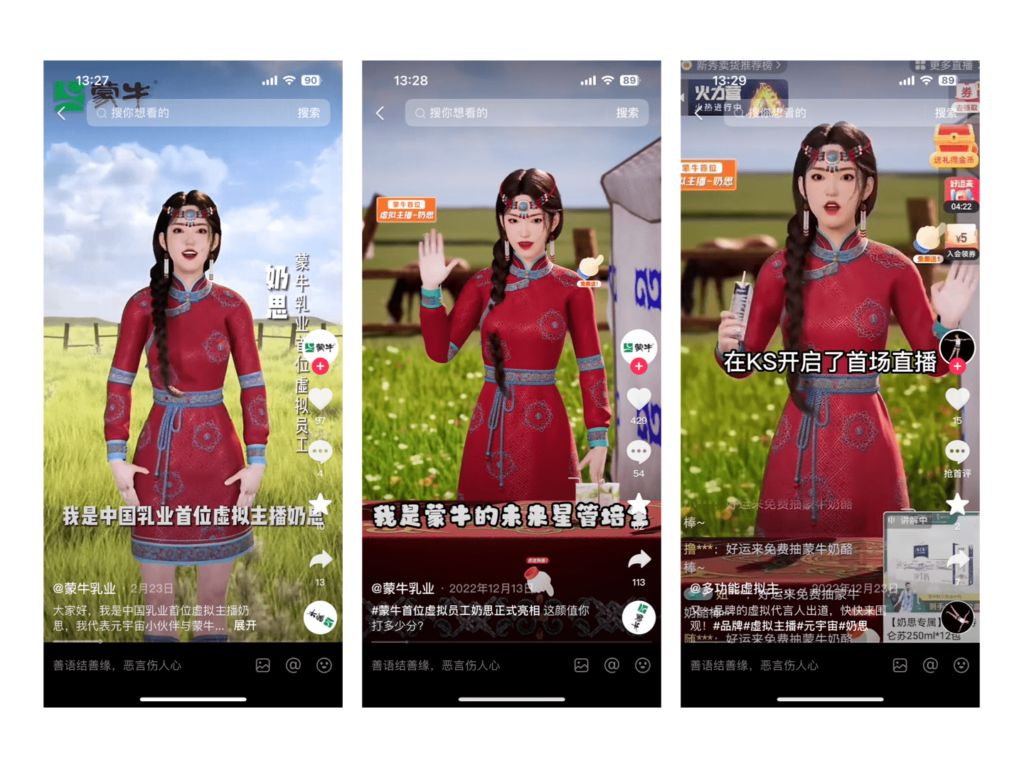
6. Brands Leverage Employees for Creative, Customer-Centric, Budget-Friendly Content
It’s no secret that most social media channels require a constant stream of content, but with marketing budgets for most brands tightening, some have gotten especially creative, and solved not only a resource problem, but created a more effective way to connect with customers…
Brands from hospitality to fashion, to tech, and even food and beverage, such as VIVO, Mixue Bingcheng, Bosideng and are leveraging their employees to generate content for their social media channels. Imagine you are a brand with a multitude of locations and sales associates, you’ll have many – potentially hundreds of different consumer segments you need to create content for, making the job for your central marketing team complicated and expensive. Turn the mic (literally) over to your employees from these different locations! Not only are sales reps and other employees able to create content that is hyper-localized for that particular region, they will be creating authentic content, using their own phones and editing styles, which is often favored more highly by the platforms themselves.
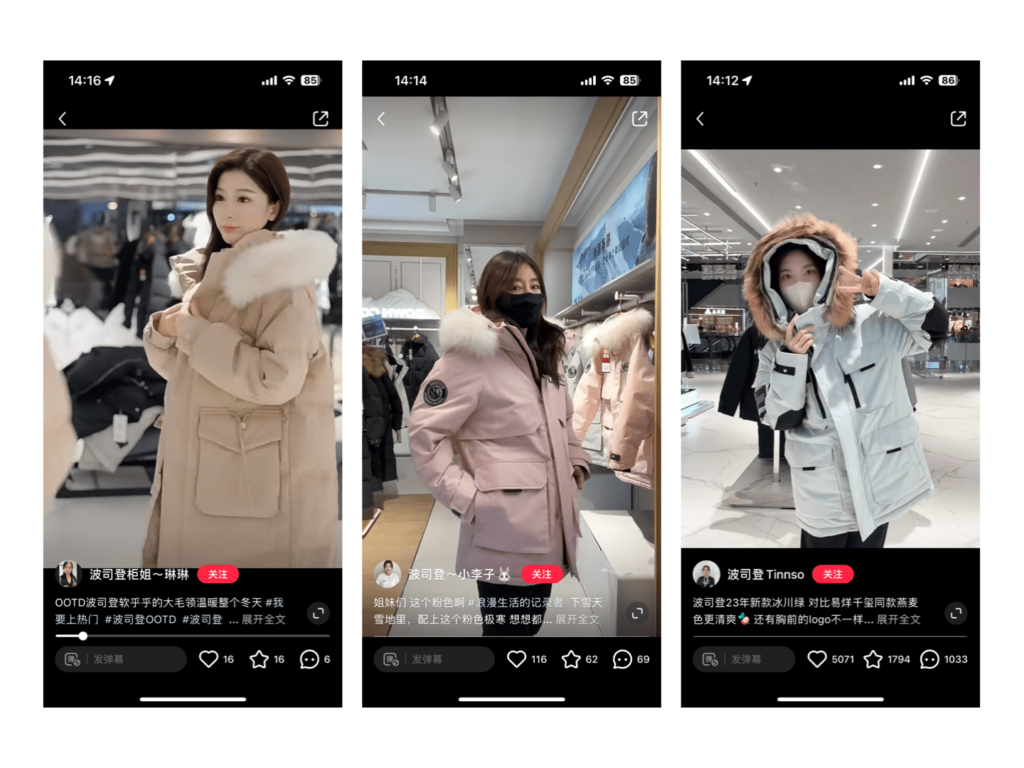
MIXUE BINGCHENG
Mixue Bingcheng encourages all stores to independently register their own Douyin accounts for publishing content and conducting livestream activities. Although each store has a small number of fans (about 10k – 20k), having more than 100 stores in total is equivalent to having 1 million direct target customers — the overall influence is huge and keeps growing! Store employees create content that is highly localized to each store and, therefore incredibly engaging.
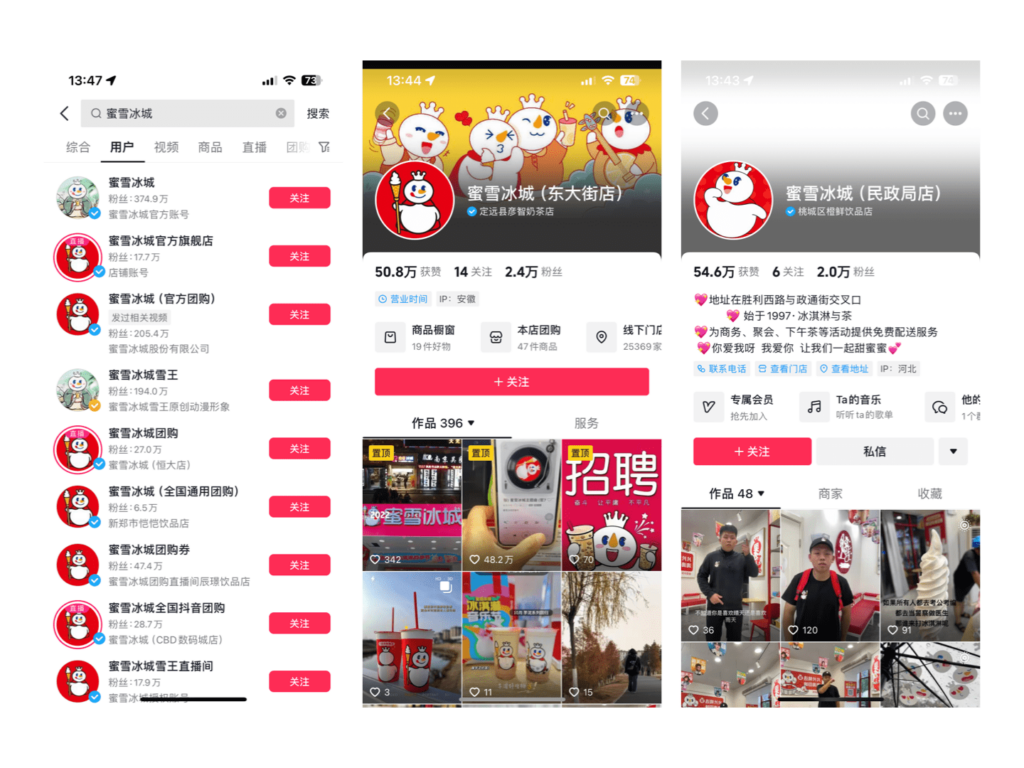
During a period where Chinese consumers are becoming more rational in their spending, many brands may feel there is a lack of opportunity in the market, however, it is quite the opposite — the opportunities are great, but for brands that are smart. As marketing teams navigate these emerging trends and a highly competitive market, the key takeaway is clear: adaptability, innovation, and a deep understanding of the Chinese social media landscape are crucial elements for success in the fast-paced digital era of 2024. Equipping your marketing team with the right tools will be essential to staying ahead of the competition and positioning your brand as a market leader in one of the world’s largest consumer economies.







